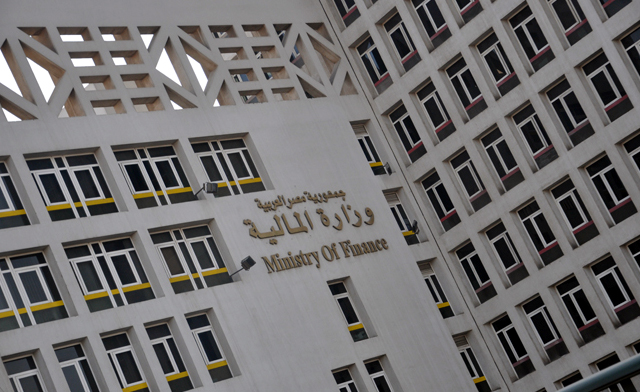LONDON/PARIS: An engine failure that forced the emergency landing of a A380 super jumbo jet in Singapore on Thursday could further delay manufacturer Airbus’s bid to claw back the plane’s hefty development costs.
Airbus can ill afford setbacks in sales of the A380, a plane which cost 12 billion euros ($17 billion) to develop but has failed to attract airlines in some key markets including the United States and Japan.
A380 orders slowed to just four last year from a peak of 85 in 2001.
Concerns triggered by the emergency landing hit shares in Airbus parent EADS and Rolls-Royce, maker of the engine involved.
EADS was down 2.9 percent at 18.465 euros in Paris and Rolls-Royce down 3.8 percent at 629.5 pence on London’s FTSE 100 as of 1100 GMT.
Howard Wheeldon, senior strategist at brokerage BGC Partners in London, said the fire reported soon after take-off in one of the plane’s four engines could mean it hit birds or collected debris, cautioning against assigning blame just yet.
"Until the investigation is properly done we will not know whether it is a defined engine fault or if the explosion was caused by a malfunction of a part within the engine or outside interference such as a bird strike or debris.
"It could also be a maintenance-related issue," he said.
Australia’s Qantas, operator of the plane which landed safely with 459 aboard on Thursday, has never suffered a fatal accident and said it was grounding all six of its A380s as a precaution.
Wheeldon noted as significant the fact that other carriers were still flying the plane.
Those airlines include top A380 customer Emirates; Singapore Airlines, which said that it was closely assessing the situation; and Lufthansa.
Qantas said the incident did not affect its standing orders for more A380s, of which just 37 are in operation with airlines worldwide, according to Airbus.
The A380 is key to Airbus growth plans in the world’s fastest-growing markets, including China and the Gulf. Airbus developed it in hopes of attracting customers looking for aircraft even larger than Boeing’s ageing 747 jumbo.
Yet EADS posted losses on several of the first ones delivered, squeezed by higher-than-expected costs, late fees and discounted prices.



